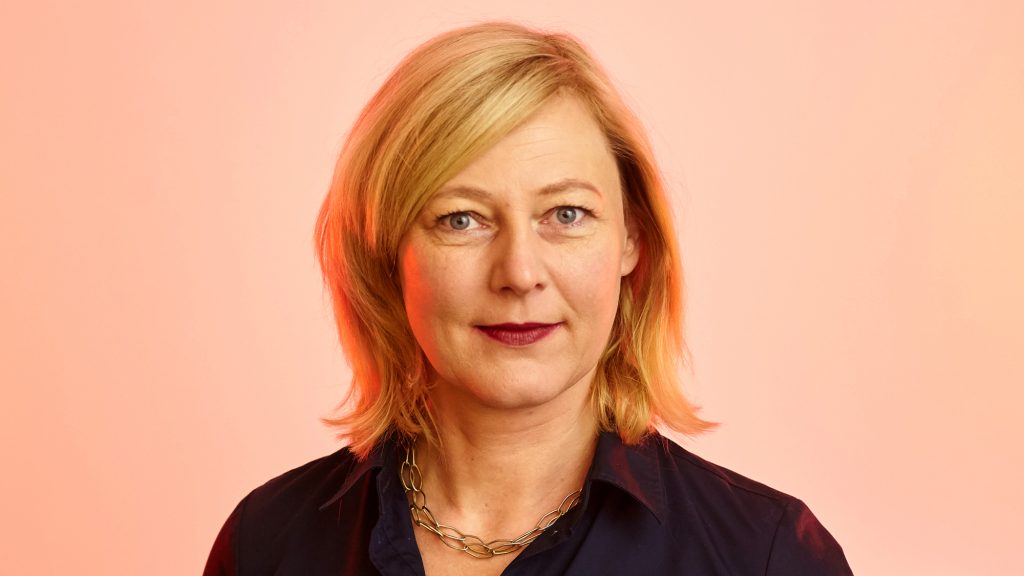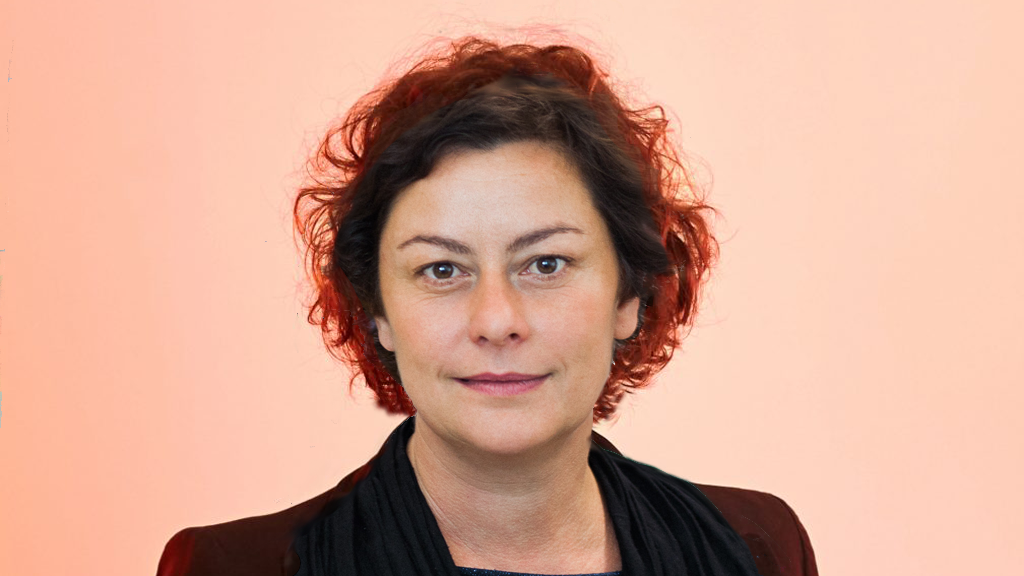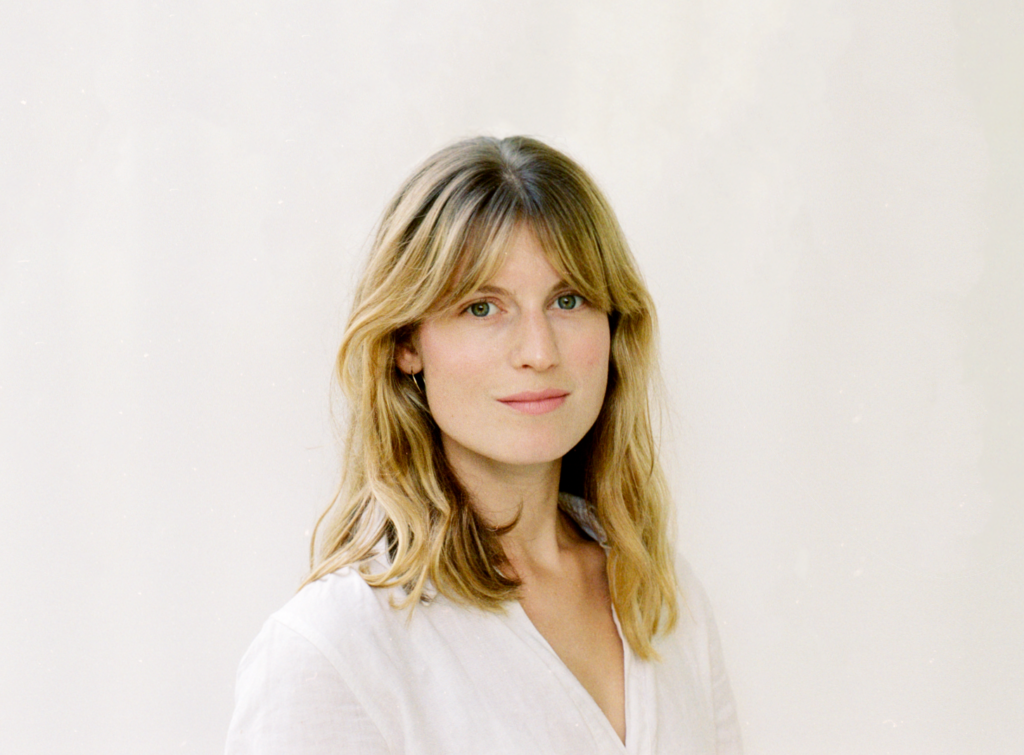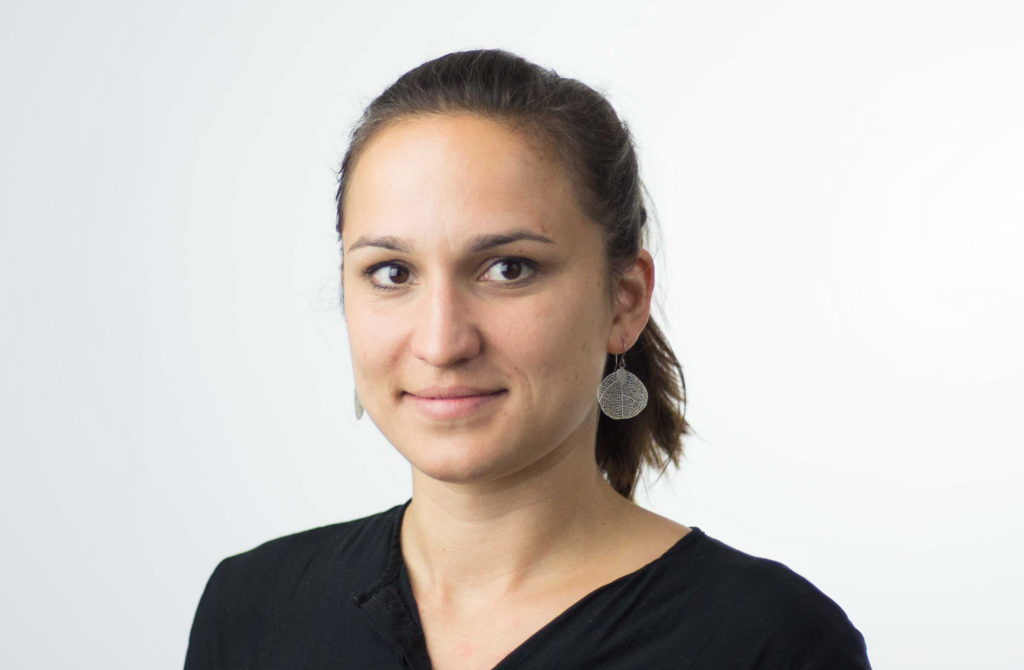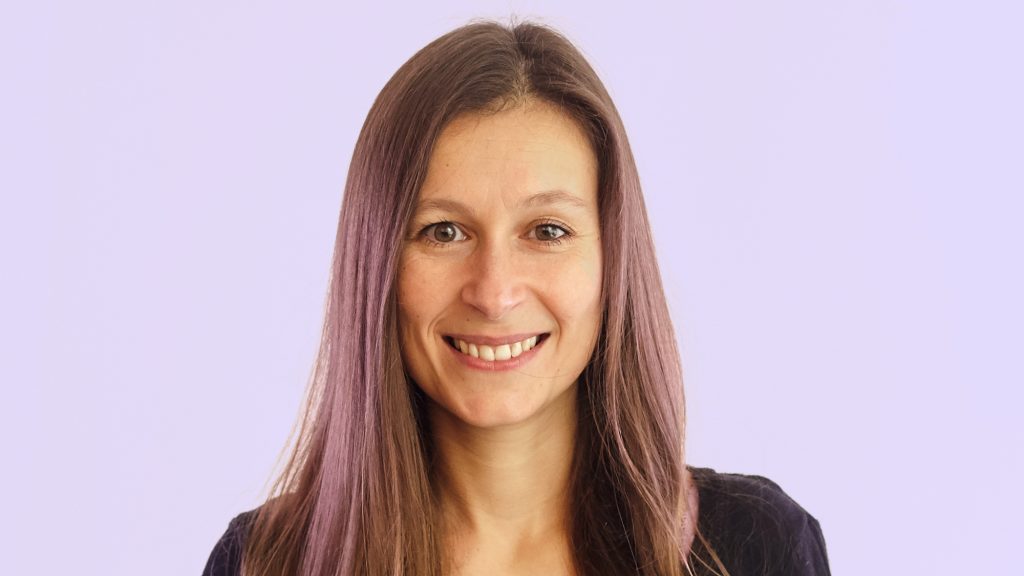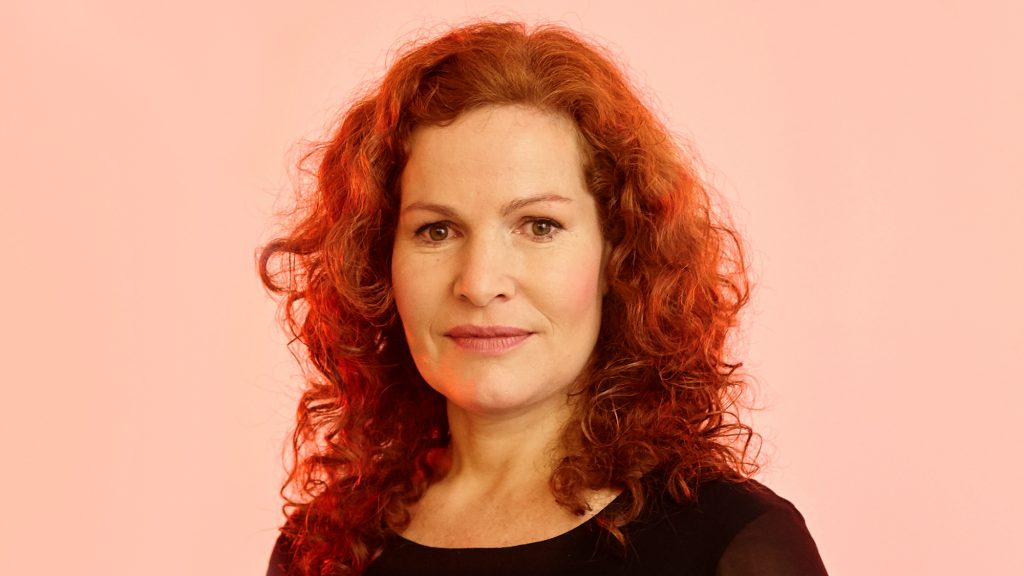Women – a neglected Target Group
Nowadays, women in Western societies are a demanding, economically independent and very diverse target group with a high affinity to design and technology. However, their needs are still not enough considered within the development of information and communication technology (ICT), because the technological research and development departments are still dominated by male engineers and programmers. Consequently, products often represent gender stereotypes instead of solutions based on real human needs.
Interdisciplinary participatory research on gender and design
Based on the experiences made , lessons learned and issues identified from the ‘Women’s Phone’ project, we established an interdisciplinary participatory design research project which consisted of design, diversity and innovation researchers, interaction designers as well as product developers. The study was conducted at the Deutsche Telekom Laboratories by Prof. Dr. Gesche Joost in cooperation with the EAF*| European Academy for Women in Politics and Business and the Interaction Design Studios (IxDS) in 2009.
During a time period of 14 months, we invited 55 women and 18 men between 14 and 65 years old with different life styles, educational as well as cultural backgrounds. The female participants were clustered into about groups according to central life phases. The cross-generational group of male participants served as a benchmark to explore gender differences and similarities. All participants should explore the impact of ICT on their everyday life and their visions of future communication.
We set up a participatory design research process based on social scientific, market research methods like questionnaires and focus groups as well as design specific ones like Cultural Probes and prototyping. Cultural Probes are playful, more visually oriented tools for self-exploration and documentation. Our toolkit included e.g. a communication-diet were all communication devices had to be switched off for one day, a disposable camera to record intimate locations or situations where women felt themselves disturbed by ICT, a map to sketch one’s social network and a diary to document the impact of ICT during an ordinary day of the week. Afterwards we invited each group to a two-day user clinic. Within these workshops, the participants created their own prototypes and concept descriptions representing their visions of future communication in a visual, material as well as verbal manner. They also demonstrated communication problems and ICT based solution in role playing games we used to collect typical usage scenarios and use cases.
Cultural Probes and prototyping generate insights in a designerly way which supports the process of ideation.
Interdisciplinary analyses and results
We analysed and evaluated the huge amount of qualitative insights from the different disciplinary perspectives according to the composition of our team which led to manifold results: We got detailed research reports about the role of ICT in dependency of age, life phases and according to the research issues, a typology of seven female ICT user profiles, 13 personas, 60 conceptual ideas, ten design concepts and video prototypes based on 60 use cases. Because of missing female perspectives in the technological research and development, the female insights became the benchmarks of our analyses and ideation while the design concepts were tested and evaluated by female as well as male test persons. Some of them took part in the research process, while others were clueless test users.
From research to marketable Products
Two design concepts are already realized as applications for iPhones and Smartphones based on Android. They are about to be marketed by Deutsche Telekom in 2011. Two other concepts, already specified and realized as demo versions for iPhones, are compatible to the current DTAG roadmap and have the chance to be finished and marketed in future, too.
*The cooperation with the EAF was held in the context of the project “Gender and Diversity in Innovation Processes”. The EAF project was funded by the Federal Ministry of Education and Research (BMBF) and the European Social Fund of the European Union. It is implemented in collaboration with five companies – including the Deutsche Telekom.

